Iranian Folkloric Dance: Cultural Delight!
Dance holds a profound significance in Iranian culture, serving as a powerful medium for expression and storytelling.
Rooted in ancient traditions and influenced by various historical periods, Persian dance embodies the essence of Iranian identity. It is a reflection of the country's rich cultural heritage, showcasing the diversity and vibrancy of its people. From celebratory occasions to religious rituals, Persian dance has played an integral role in connecting communities and preserving their collective memory.
History and Origins of Persian Dance
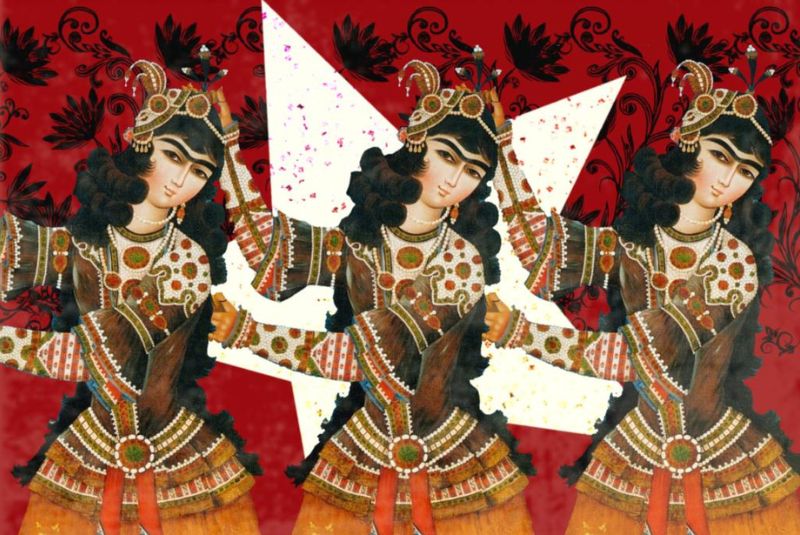
Tracing the roots of Persian dance to ancient times unveils a captivating tapestry of cultural expression that has endured for centuries. Persian dance, with its rich history and diverse influences, is a testament to the vibrant heritage of Iran. From the majestic court dances of the Achaemenid Empire to the lively folk dances performed in village celebrations, Persian dance has evolved and adapted over time, reflecting the dynamic nature of Iranian society.
The development of Persian dance has been profoundly shaped by the influence of various civilizations that have left their mark on Iran throughout history. The ancient Greeks, who conquered parts of Persia under Alexander the Great, introduced new elements to Persian dance, blending it with their own artistic traditions.
Similarly, during the Arab conquests in the 7th century, Islamic traditions merged with existing Persian dance forms, resulting in a synthesis that incorporated spiritual elements into the art form. The influence of Central Asian nomadic tribes also contributed to the evolution of Persian dance, infusing it with energetic movements and vibrant costumes.
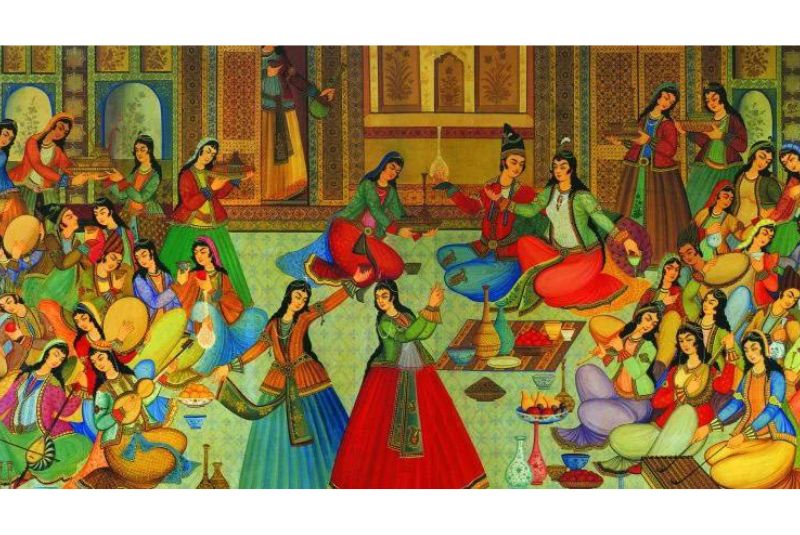
Despite external influences, traditional Persian dance forms have managed to preserve their essence over centuries. This preservation can be attributed to a strong sense of cultural identity and pride among Iranians. Passed down through generations via oral tradition and community gatherings, these dances have become an integral part of Iranian folklore.
However, while preserving its traditional roots, Persian dance has also evolved over time. Modern interpretations have emerged that blend traditional movements with contemporary choreography and music. This evolution reflects not only changing societal norms but also an appreciation for innovation within the realm of artistic expression.
| Discover: Persian Art
Traditional Persian Dance Styles
Regional Folk Dances
1. Bandari - The lively dance from southern Iran
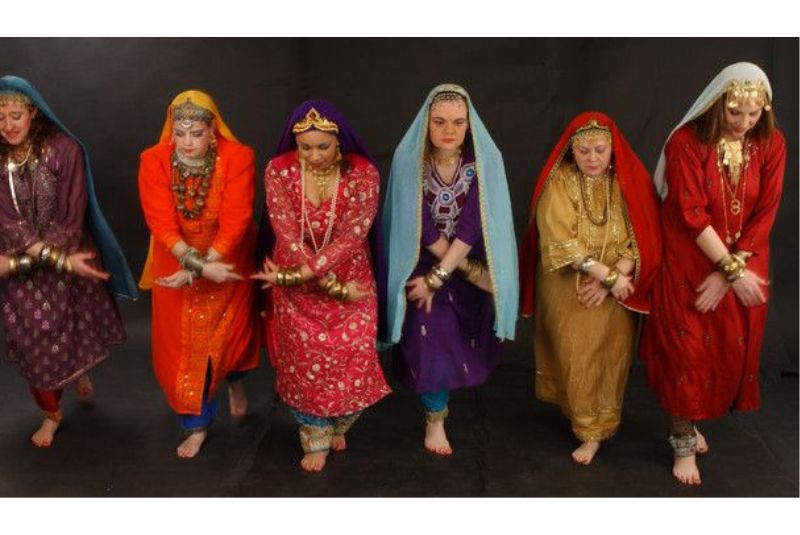
Bandari, a vibrant and captivating Persian dance, originates from the southern regions of Iran. This lively dance is characterized by its energetic movements and rhythmic footwork, which perfectly reflect the joyful spirit of the coastal communities. Bandari dancers gracefully sway their hips and wave their arms in sync with the lively beats of traditional Persian music. The unique charm of Bandari lies in its ability to transport spectators to the sun-kissed shores of Iran, where the rich cultural heritage is celebrated through this mesmerizing form of Persian dance.
2. Kurdish - Expressive and energetic movements from western Iran
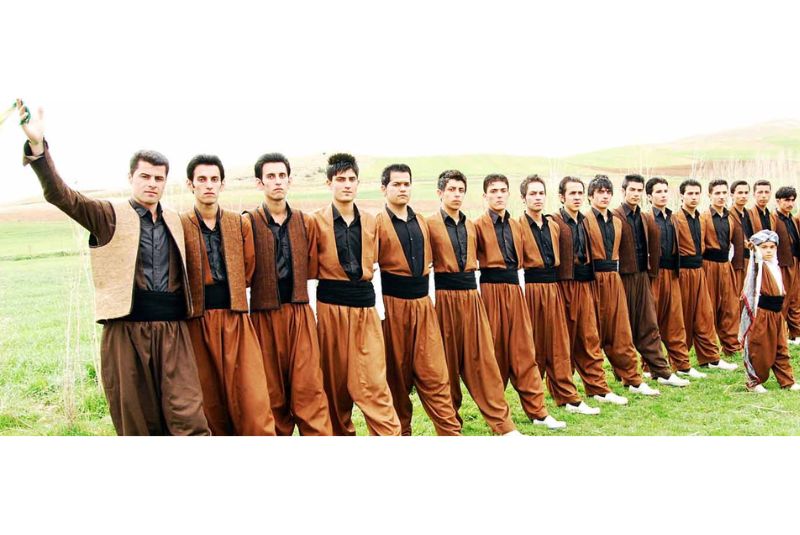
Kurdish dances, an integral part of Persian dances, showcase the expressive and energetic movements that are deeply rooted in the western regions of Iran. These dances are a reflection of the Kurdish people's strong sense of identity and their connection to nature. With swift footwork and graceful gestures, Kurdish dancers tell stories that have been passed down through generations. The powerful emotions conveyed through their movements captivate audiences, making Kurdish dances an essential component of Iranian folkloric dance.
3. Azerbaijani - Graceful and intricate dances from northwest Iran

Azerbaijani dances, originating from northwest Iran, are renowned for their gracefulness and intricate choreography. These Persian dances beautifully blend elegance with complexity, as dancers effortlessly glide across the stage while executing precise footwork patterns. The delicate hand movements and synchronized formations create a visual spectacle that mesmerizes spectators. Azerbaijani dances not only showcase the artistic prowess of Iranian performers but also serve as a testament to the rich cultural diversity found within Persian dance traditions.
4. Lurish - Energetic and rhythmic dances from western Iran
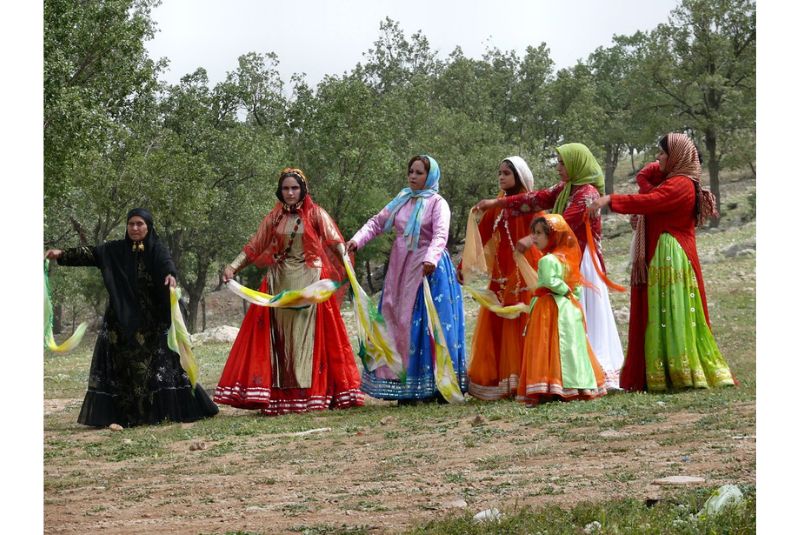
Lurish dances, hailing from western Iran, are characterized by their high energy and rhythmic flair. This dynamic form of Persian dance showcases the vibrant spirit and resilience of Lurish communities in Iran's mountainous regions. Dancers move with agility and precision as they perform intricate footwork patterns accompanied by lively music played on traditional instruments such as tambourines and drums. Lurish dances embody a sense of unity among performers who come together to celebrate their shared heritage through the joyous and rhythmic movements of Persian dance.
| Suggestion: Top Iranian Handicrafts You Should Know!
Ritual Dances in Iranian Culture
1. Sufi Whirling (Sama) - Spiritual dance associated with Sufism
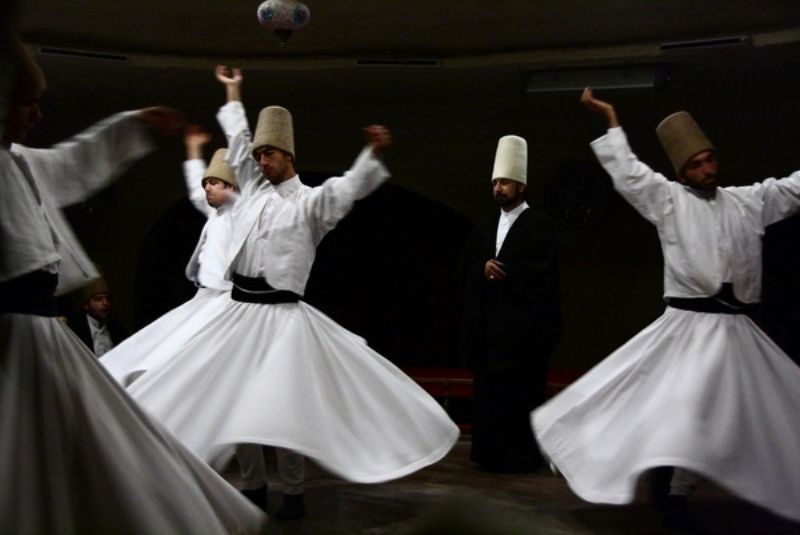
Sufi Whirling, also known as Sama, is a mesmerizing spiritual dance deeply rooted in Persian culture and associated with Sufism. This enchanting form of Persian dance is performed by dervishes who aim to reach a state of spiritual ecstasy through rhythmic spinning. As the dervishes gracefully rotate, their flowing white garments create a captivating visual spectacle, symbolizing the union between the earthly and the divine. The whirling motion represents the cosmic dance of creation and surrender to the divine will. Sufi Whirling, or Raghse Sama, serves as a powerful reminder of the profound connection between body, mind, and soul in Persian dance.
| Read the complete article: Sama Dance | A Spiritual Journey in Persian Culture
2. Zār - Healing ritual dance performed to ward off evil spirits
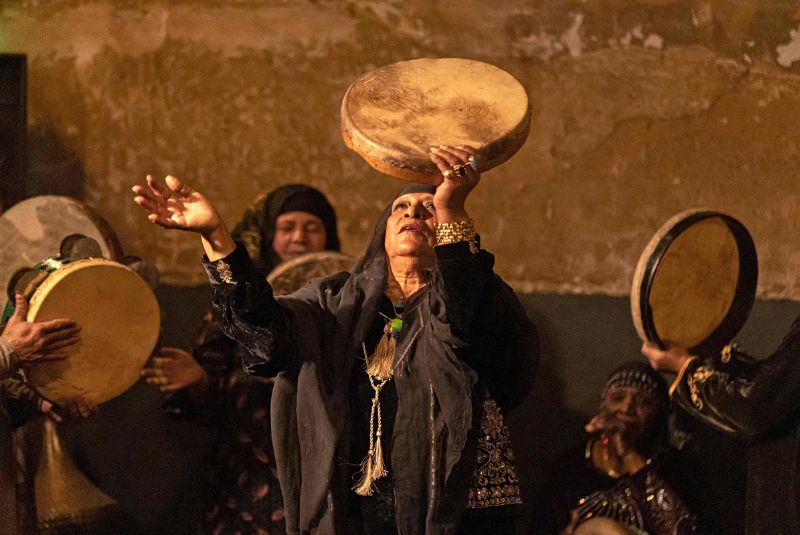
In contrast to the ethereal beauty of Sufi Whirling, Zār is a vibrant healing ritual dance performed in Iranian culture to ward off evil spirits. This energetic and dynamic form of Persian dance is believed to possess mystical powers capable of banishing negative energies and restoring harmony within individuals and communities. During a Zār ceremony, participants engage in rhythmic movements accompanied by lively music played on traditional instruments such as drums and tambourines. The dancers' bodies sway in sync with the pulsating beats, creating an atmosphere charged with spiritual energy.
The Zār ritual dance holds great significance in Iranian folklore as it represents a collective effort to confront and overcome malevolent forces that may disrupt daily life. It serves as a powerful reminder of the resilience and unity found within Iranian communities when faced with adversity. The rhythmic motions and spirited chants during Zār create an atmosphere where participants can release negative energies while embracing positive vibrations. It is worth mentioning that a common place to hold the Zār ritual dance is in southern Iran.
Both Sufi Whirling (Sama) and Zār are integral parts of Persian dance traditions that showcase Iran's rich cultural heritage. These ritual dances not only captivate audiences with their mesmerizing movements but also provide profound insights into spirituality, healing practices, and community cohesion within Iranian society. Whether it is the transcendent spinning of Sufi Whirling or the vibrant rhythms of Zār, Persian dance continues to enchant and inspire individuals around the world, offering a glimpse into the profound depths of Iranian folkloric traditions.
Modern Interpretations and Fusion with Contemporary Dance Forms

The emergence of contemporary Persian dance companies worldwide has brought a fresh and innovative perspective to the rich cultural heritage of Iran. These companies, often led by talented Iranian dancers and choreographers, have successfully blended traditional elements of Persian dance with modern techniques and concepts. Through their captivating performances, they showcase the beauty and complexity of Persian dance to audiences around the globe, fostering a deeper appreciation for this ancient art form.
One fascinating aspect of the contemporary Persian dance scene is the collaboration between traditional dancers and modern choreographers. This collaboration allows for a seamless fusion of traditional movements with contemporary dance forms, resulting in mesmerizing modern interpretations of Persian dance. By combining their expertise, these artists create groundbreaking works that push the boundaries of what is possible within the realm of Persian dance.
| Also read: Tehran Museum of Contemporary Art

Through this collaboration, traditional dancers bring their deep understanding of Persian dance's history, symbolism, and intricate movements. Their mastery in executing precise footwork, graceful arm gestures, and expressive facial expressions adds authenticity to these modern interpretations. Meanwhile, modern choreographers infuse their expertise in contemporary techniques such as improvisation, floor work, and partnering to create dynamic compositions that breathe new life into Persian dance.
The result is a mesmerizing blend where ancient traditions meet cutting-edge creativity. Audiences are treated to performances that seamlessly weave together elements from both worlds – the gracefulness and elegance of traditional Persian dance intertwined with the boldness and innovation found in contemporary forms. This fusion not only captivates spectators but also opens up new avenues for artistic exploration within the realm of Persian dance.
Experiencing Persian Dance in Iran
If you are a tourist looking to immerse yourself in the vibrant culture of Iran, witnessing live performances of Persian dance is an absolute must. This ancient art form has been passed down through generations, preserving the rich traditions and stories of the Iranian people. From graceful movements to intricate footwork, Persian dance captivates audiences with its beauty and elegance. Whether you find yourself in bustling cities like Tehran or quaint towns like Kashan, there are numerous venues where you can experience the enchanting world of Persian dance.
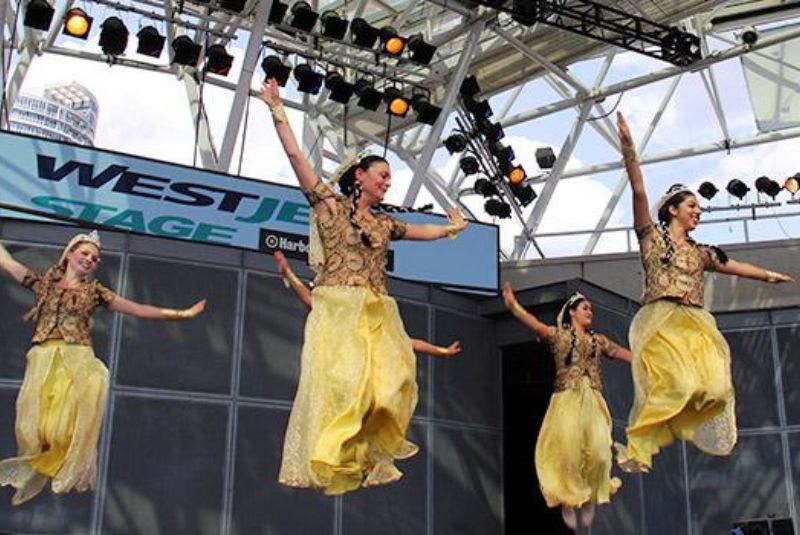
For those seeking more hands-on experience, participating in workshops is an excellent way to delve deeper into the art of Persian dance. These workshops offer tourists a unique opportunity to learn from skilled instructors who have dedicated their lives to mastering this traditional form of expression. Through expert guidance, participants can discover the intricacies of Persian dance techniques and gain a deeper understanding of their cultural significance. Whether you are a beginner or an experienced dancer, these workshops provide an enriching experience that will leave you with a newfound appreciation for Persian dance.
Iran is also home to several popular festivals that celebrate Iranian folkloric dances, providing tourists with an unforgettable cultural experience. One such festival is the "Nowruz" celebration, which marks the arrival of spring and is celebrated with great enthusiasm throughout the country. During this festive time, Iranians gather in parks and public spaces to perform traditional dances such as "Chaharshanbe Suri" and "Sizdah Bedar." The vibrant costumes, rhythmic music, and energetic movements create an atmosphere filled with joy and excitement.
Finally!
Persian dance encompasses more than just movement; it encapsulates centuries-old traditions, cultural pride, and artistic expression. By immersing ourselves in this vibrant aspect of Iranian culture during our travels, we not only witness breathtaking performances but also contribute to preserving and celebrating Iran's rich heritage for generations to come. So let us embrace this invitation to explore Iranian folkloric dance – a journey that promises to be as enlightening as it is enchanting.


Comment
Leave a Comment